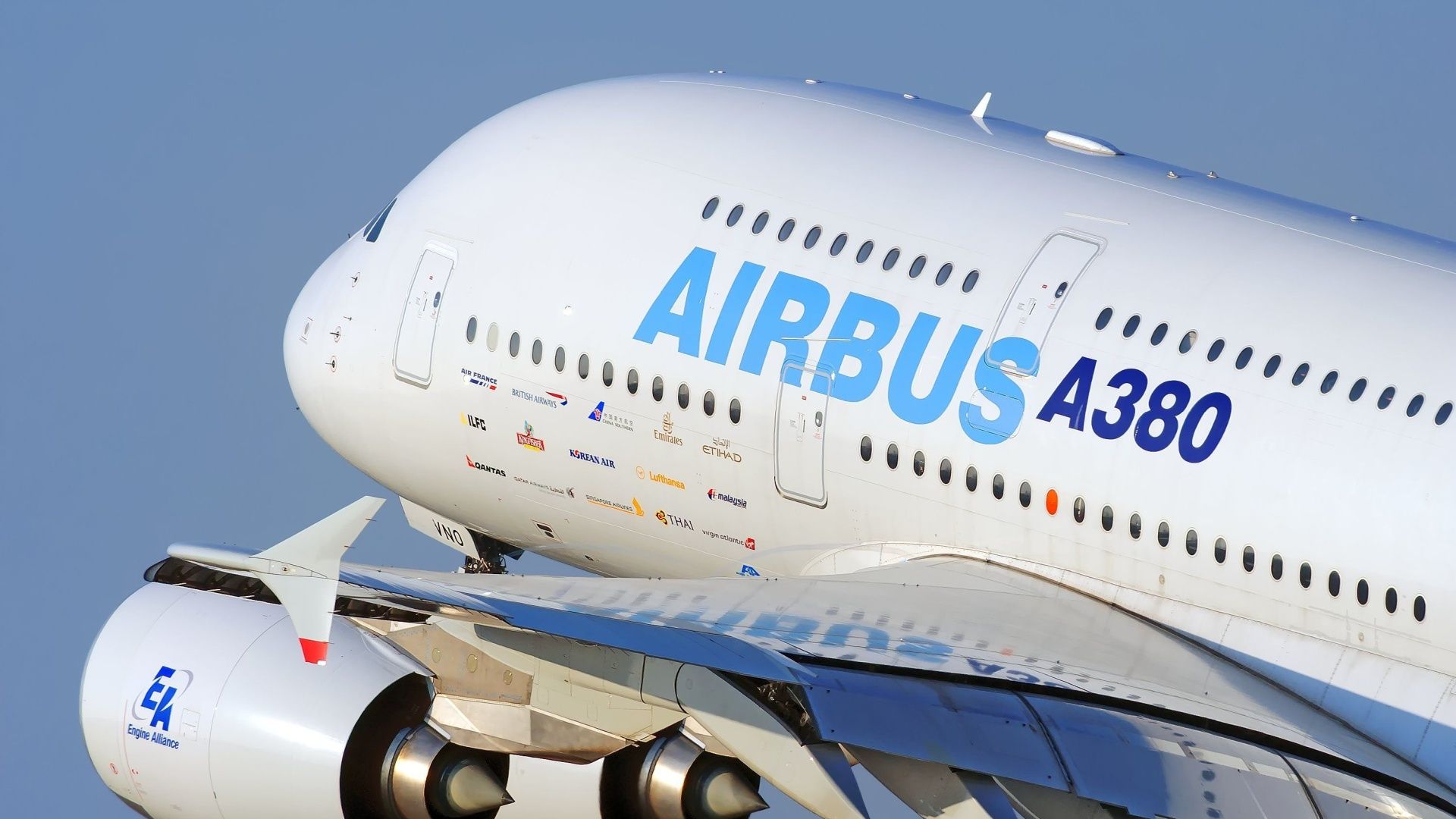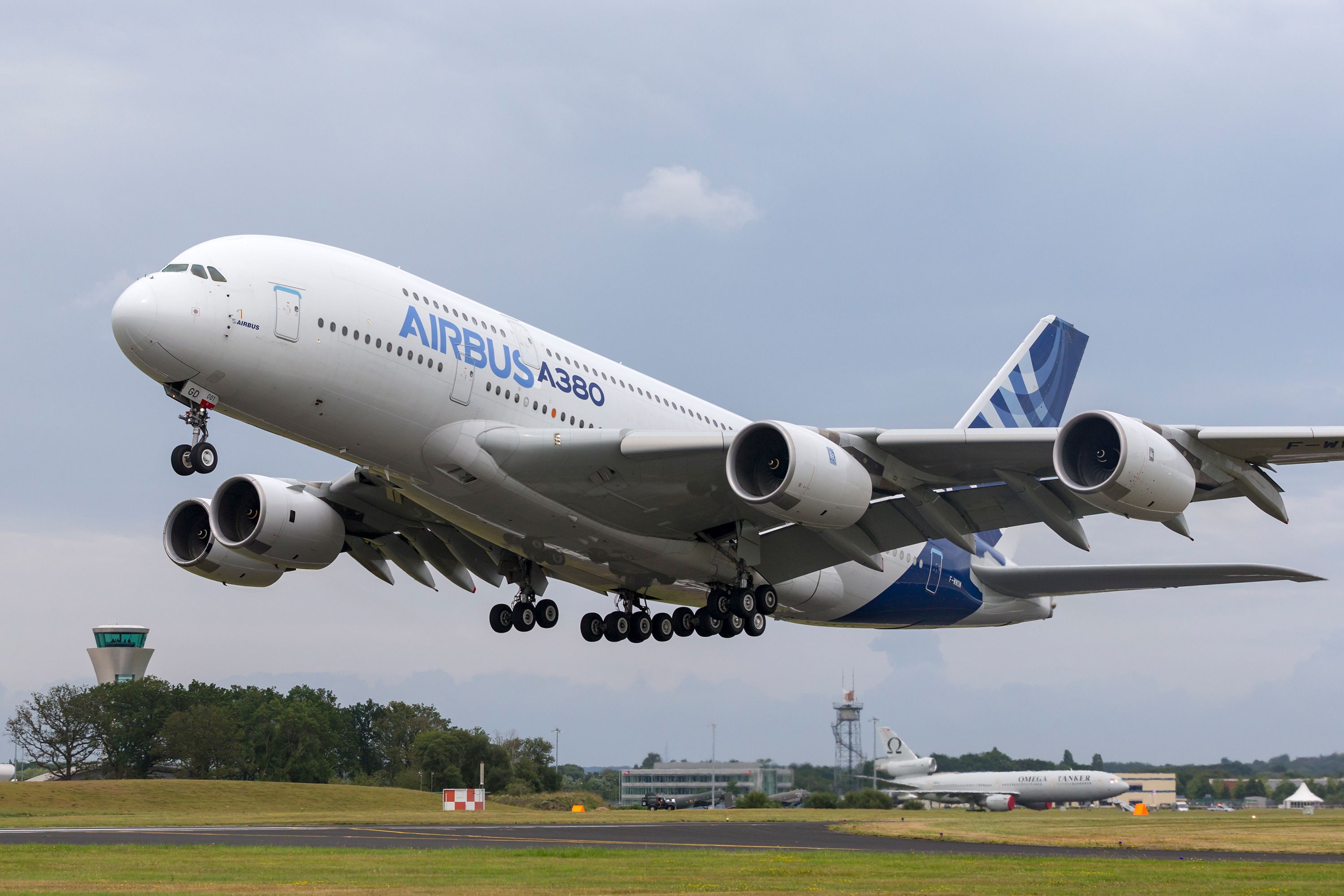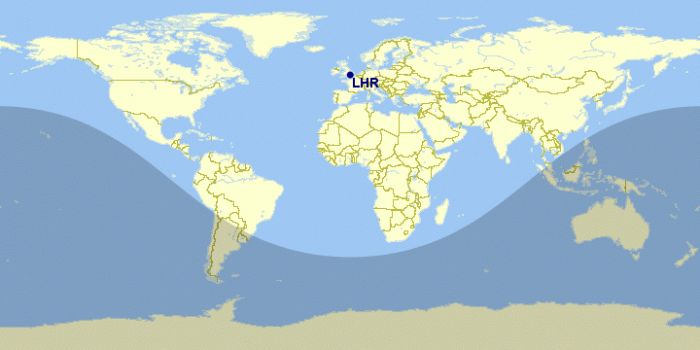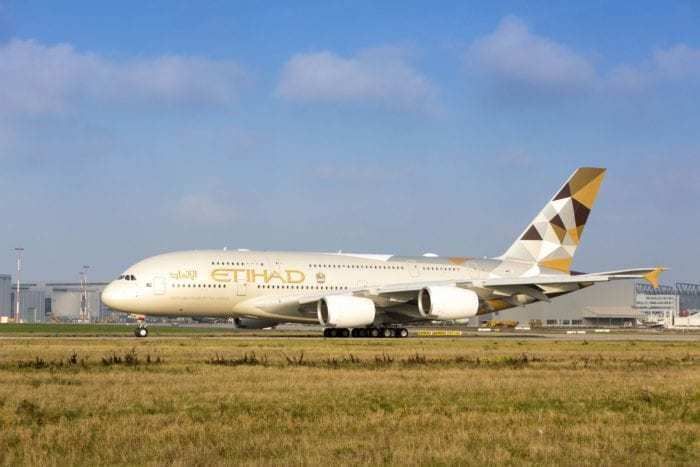TheAirbus A380is famously known as the largest commercial passenger aircraft in the world. However, Airbus had its sights on a different record, too - to create one of the world's largest capacity cargo airliners. Yet despite the ambitious plans and several initial orders, the A380F never took to the skies.
Cargo ambitions from the beginning
When Airbus first announced the A380 at the 1990 Farnborough Airshow, the European manufacturer also had a freighter variant in mind. While the focus at the time was mainly on the awe-inspiring passenger aircraft known as the Superjumbo, Airbus did initially take some orders for a freighter version. In total, 25 A380Fs were ordered, including ten from FedEx and ten from UPS.
The first freighter model was due to enter into service in 2012, but its production was suspended until delays on the more popular passenger plane could be settled. It was only after a few years of grinding through the backlog of sizeable passenger A380 orders from the likes of Singapore Airlines and Emirates that Airbus quietly removed the design from its website and essentially shut down the program.
With the production of the Airbus A380 now over, it is unlikely that we will ever see a freighter version of this aircraft. However, several other aircraft, such as the Boeing 737, 757, and 767, have been converted into freighters, so it is not outside the realm of possibility one could exist as a retrofitted model in the future.
The Airbus A380F's specifications
Had it been built, the A380F would have been the world's largest flying cargo aircraft, with the exception of the singular Antonov An-225 Mriya, which wasdestroyed in the Battle of Antonov Airport in 2022. The A380F would have showcased impressive specifications in terms of cargo capacity and range.
It would have had a capacity of 150 tons (330,000 lb) spread over three cargo decks. This is more than double the capacity of some existing cargo aircraft, such as the McDonnell Douglas MD-11F, and would have made individual cargo cheap for each shipper. As a modern aircraft, the A380's fuel efficiency would have helped to counteract some of the additional fuel needed for flying such a heavy load, but not all.
The A380F had a range of 5,600 NM (10,400 km), which is about the same distance as flying from Manchester (MAN) to Cape Town (CPT). It would have been instrumental for cargo carriers to deploy on Asia-Europe routes, flying from any destination in Europe to cargo hubs like Dubai (DXB), Hong Kong (HKG), and even Singapore (SIN) from Eastern Europe. The aircraft's range from London Heathrow (LHR) is illustrated in the image above.
The Airbus A380F vs the Boeing 747-8F
Although the Airbus A380F project never got off the ground, the Boeing 747-8F came along to fill the niche in the market that Airbus was trying to cater to. Earlier freighter versions of the 747 had proven popular and, at one point, carried around half of the world's air cargo. That said, side by side, the two aircraft had very different performance specifications:
- Boeing 747-8F - range of up to 4,120 NM (7,630 km) with a capacity of up to 137.7 tons (275,400 lb).
- Airbus A380F - range of up to 5,600 NM (10,400 km) with a capacity of up to 150 tons (300,000 lb).
The first 747-8F was delivered to Cargolux in October 2011. While the A380F could fly more cargo a further distance, with a payload improvement of 7% and with 10% greater capacity than the 747-8F, it was less fuel efficient, meaning that it would cost cargo carriers more to operate, reducing their profit margins, and ultimately impacting the aircraft's viability.
Airbus also toyed with the idea of a modular A380 that would feature both a passenger deck and a cargo desk, with modules that could be swapped around to cater to different requirements. However, in the end, this project did not get past the drawing board either, and the economics around fuel efficiency and operating costs were clear - the A380F was an ambitious idea that simply did not make financial sense.
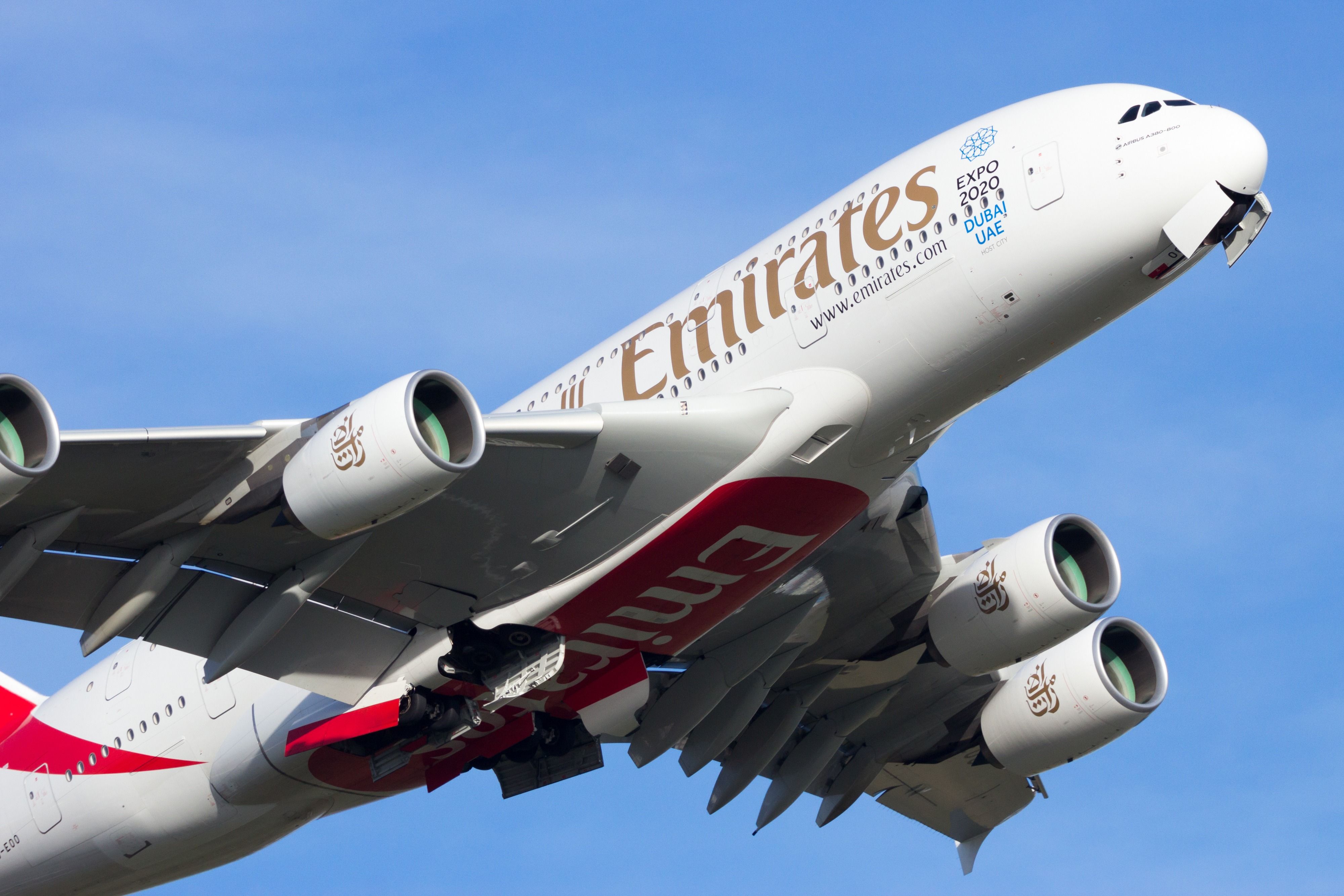
Dubai-Riyadh: Emirates Launches 2024's Shortest Airbus A380 Flight
The route was last served by the quadjet in 2020 when it was not the shortest offering.The fate of the Airbus A380
Meanwhile, the A380F's passenger equivalent has fallen in and out of favor with airlines over the years. After the initial hype of the launch, the pandemic changed how people travel, and as demand plummeted, A380s worldwide were parked. While some carriers, such as Qantas and Singapore Airlines, have since returned their A380s to service, others, including Air France, retired the type.
Emirates remains by far the largest operator of the A380 today and has been committed to flying the type for some time. The latest data fromch-aviationshows that the Dubai-based carrier currently has a staggering 119 examples of the Airbus A380 in its fleet.
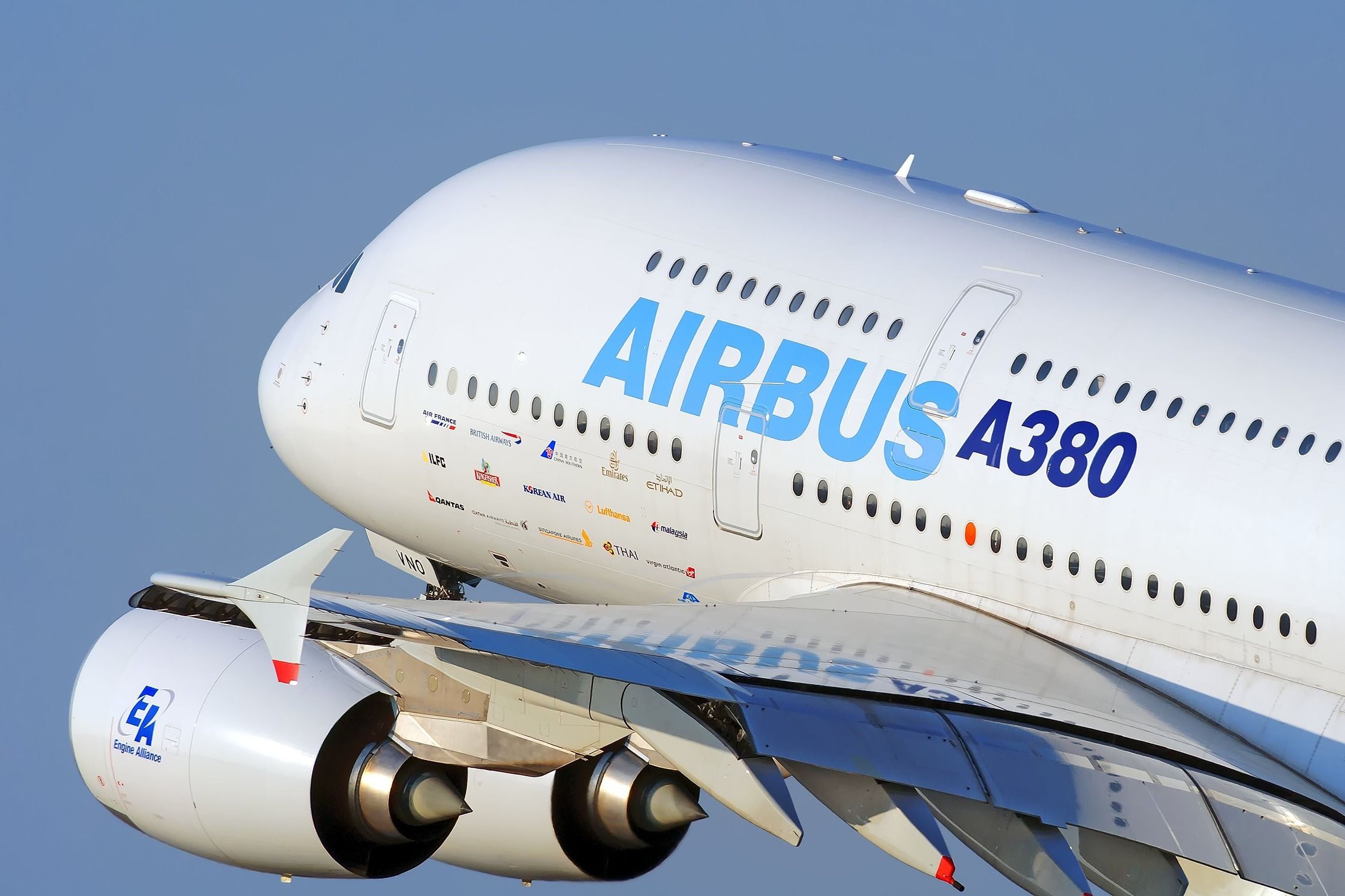
Airline By Airline: The Fate Of The World's Airbus A380s
As the giant of the skies turns 19, we take a look at the 254 examples built by Airbus.What do you think of the Airbus A380F? Would you have liked to see the aircraft flying in the skies today? Which cargo operators do you think would have flown the aircraft? Share your thoughts by commenting below.

